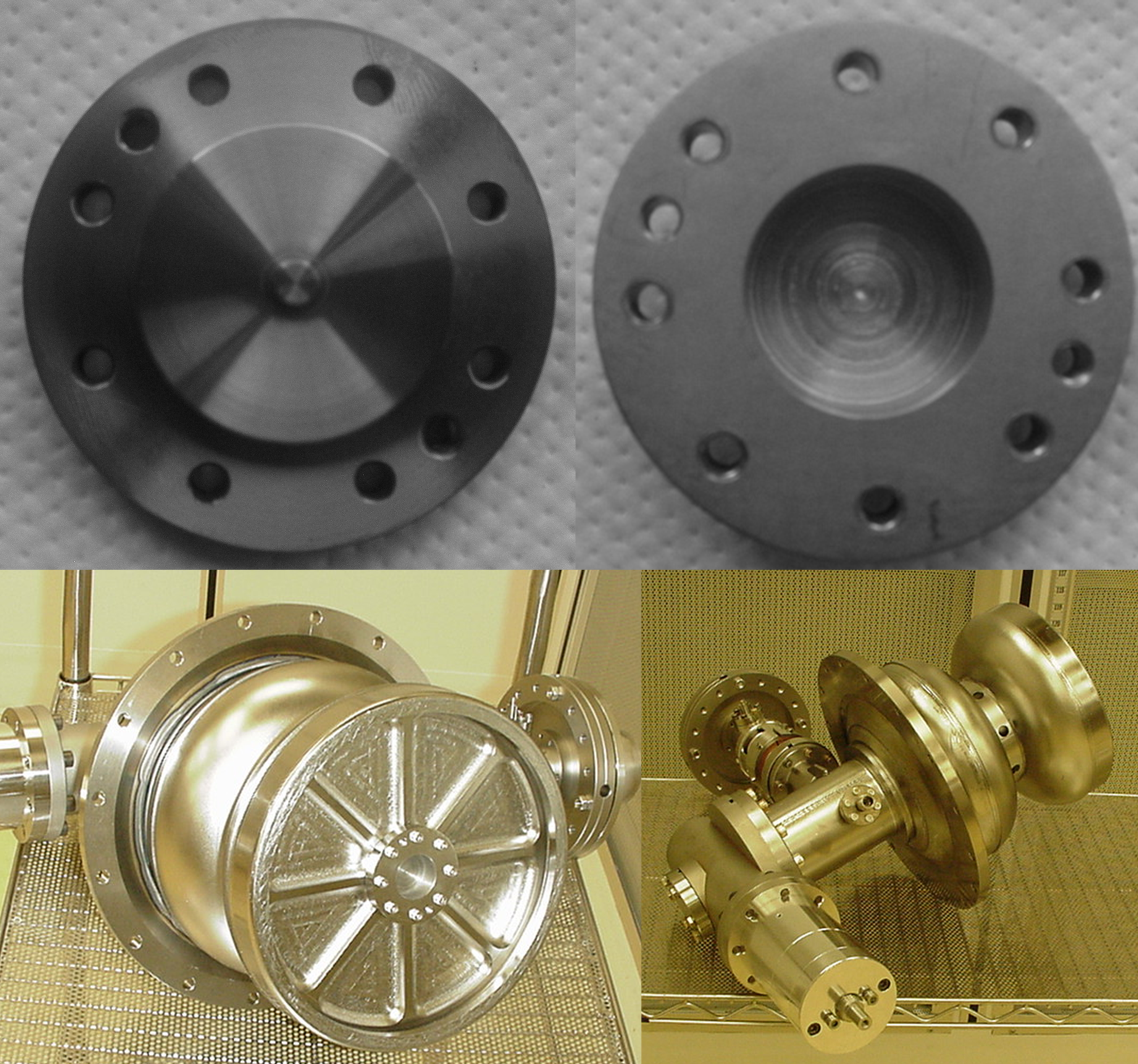 From the editors From the editors

In this summer issue we are approaching the end of EuCARD and have welcomed the beginning of EuCARD-2.
|
|
|
|
|
 From EuCARD to EuCARD-2 From EuCARD to EuCARD-2

The EuCARD'13 annual meeting took place on 10-14 June at CERN. The event, which brought together more than 180 accelerator specialists from all over the world, drew the conclusions from the EuCARD project and kicked-off its continuation, EuCARD-2.
|
 Thin films for Superconducting RF Thin films for Superconducting RF

The activity led by CERN in close collaboration with several other laboratories (CI-Lancaster, CEA, CNRS-IPNO, DESY, SINS) within the EuCARD Work Package 10.4 aims to address diverse topics in the thin film technology applied to SRF.
|
 Phase Control at CLIC Phase Control at CLIC

Extremely precise beam phase control is required for CLICtwo-beam acceleration technology as well as in Free Electron Lasers (FELs).
|
|
 Collimator upgrades toward HL-LHC Collimator upgrades toward HL-LHC

In the frame of the LHC upgrades towards the High Luminosity LHC, the improvement of the LHC collimation system is a critical aspect.
|
|
|
|
|